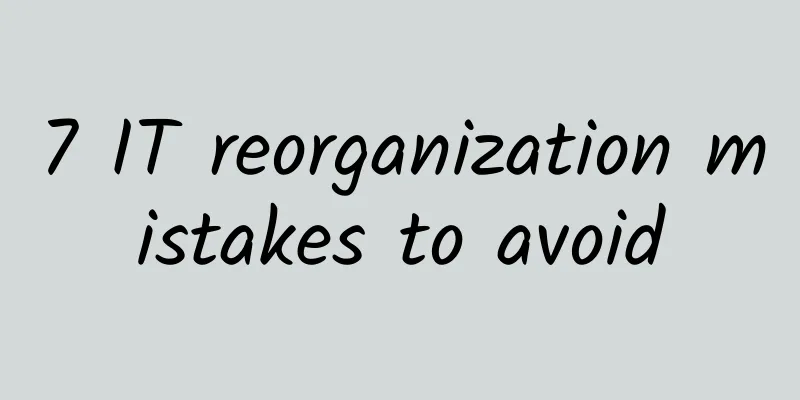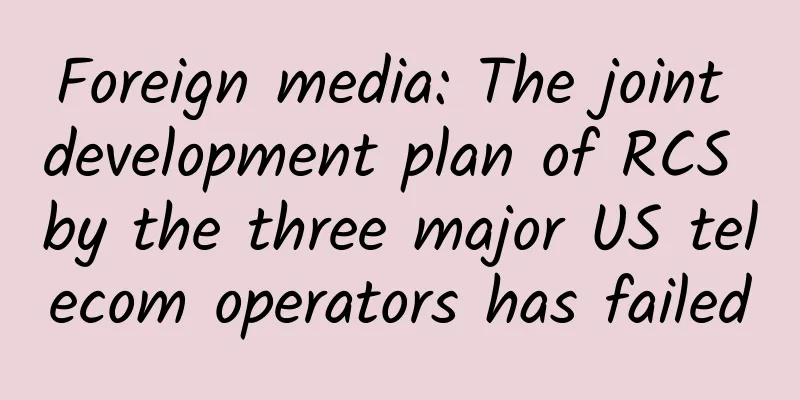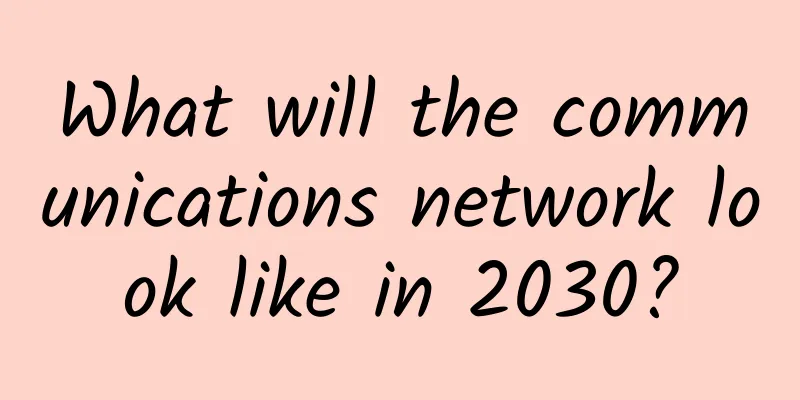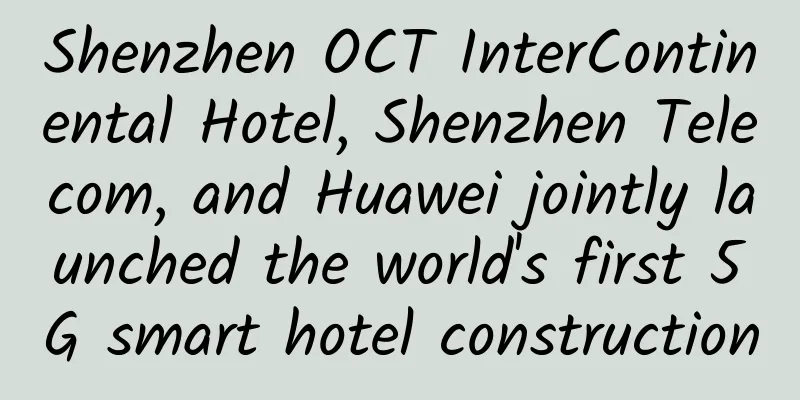Imitate Spring to implement a class management container
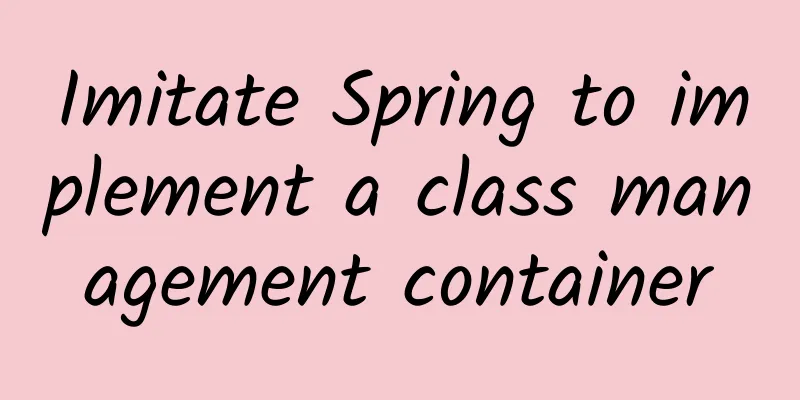
|
Overview The original intention of the project was to independently create a mature and distinctive IOC container, but because the process referred to Spring too much and could not make too many improvements, the purpose became to use this project as a springboard to understand Spring. Unlike some frameworks that imitate Spring on the Internet, this project is mainly aimed at annotations. The address is Thales process In Spring, the formation of a bean is divided into three major stages: Bean definition phase (including BeanDefinition loading, parsing, and registration) Class Design If you just want to understand how a bean is born and dies, you only need to debug it step by step. If you don't understand, debug it several times. But if you want to implement a similar container, you must understand the class design, responsibility allocation, and interface implementation inheritance (unless you want several classes to do everything). Following is the class diagram of DefaultListableBeanFactory Can't stand it? Let’s look at another picture The first picture is for Spring 5.0, and the second picture is for Spring 0.9, so there is no need to introduce too much design complexity at the beginning. Let's look at a set of comparison pictures It is clear at a glance which one is 0.9 and which one is 5.0. The purpose of saying so much is to show that we don’t have to aim for the most perfect goal from the beginning. We can do it step by step and add functions step by step. Implementing simple IOC Let's first define a BeanFactory interface
beanDefinition Because it is in the form of annotations, we can no longer give a resource file and then parse it like XML, but should scan all classes with @Component under the classPath. At this time, the parameter we need to give changes from the file path to the package path. We only need to scan the qualified classes in this package and its subpackages, convert them into BeanDefinition and then register them. The class that performs this function is ClassPathBeanDefinitionScanner. At this step, it is different from the traditional process. We will pass in a ResourceLoader to implement the specific scanning function (ie positioning), but there will be no special class to handle the parsing step.
But the PathMatchingResourcePatternResolver is not used directly in the end Instead, use it as a property of ClassPathBeanDefinitionScanner and call it in this class. Now that we have a Resource, how do we get the corresponding BeanDefinition? First consider this question, what kind of class can be registered BeanDefinition? Added @Component annotation or met other registration conditions Not an interface or abstract class So we can abstract a method boolean isCandidateComponent(Class<?> clazz) to determine whether it is registered Now it is time to register. We still adhere to the concept of interface-oriented programming and take single responsibility into consideration. We abstract the registration bean definition separately.
As mentioned above, the location, parsing, and registration of Bean definitions are all done in ClassPathBeanDefinitionScanner, so BeanDefinitionRegistry naturally becomes one of the attributes of ClassPathBeanDefinitionScanner. So the ClassPathBeanDefinitionScanner is constructed
Instantiation When is it instantiated? We say that it is instantiated when getBean() is called and there is no existing bean.
Object creation There are two ways, through the default reflection implementation of Jdk, or through the cglib proxy implementation. The default is naturally a no-parameter constructor, but if parameters are passed in, you need to match the corresponding constructor according to the type and number of parameters and use it to instantiate So we abstract InstantiationStrategy as the instantiation interface. Both instantiation methods need to implement this interface. When we actually use it, we only need to call the method of this interface.
Property Injection Get field value There are two ways to get field values: Directly annotate Autowired or Value
Field value filling After getting the field value, fill it into the corresponding field through reflection
initialization Call the specified initialization method to initialize the resources. How to get the initialization method? In XML mode, just add a tag. If it is annotation mode, add an annotation or add a parameter to an annotation to represent the initialization method. This has not been implemented yet. Function filling Postprocessor added Above we have implemented a Bean container that can perform dependency lookup and dependency injection. Let's review the Spring process and see what we are missing. The easiest thing to think of is the post-processor, including BeanFactoryPostProcessor and BeanPostProcessor. The former modifies the beanFactory, while the latter modifies the bean. It is also interface-oriented programming. First, create a BeanPostProcessor
At present, what needs to be done by BeanPostProcessor? We can separate the code that processes annotations and obtains injection properties and use a BeanPostProcessor to process it. All custom implemented BeanPostProcessors need to inherit this interface. Since the function of BeanPostProcessor is to process other beans, it must be created before other processed beans are instantiated. So we add registerBeanPostProcessors(beanFactory) before finishBeanFactoryInitialization(beanFactory); to instantiate all BeanPostProcessors The importance of these beanPostProcessors is different. For example, the priority of the BeanPostProcessor that handles annotation injection is higher than that of the general BeanPostProcessor, so it needs to be instantiated first. Aware interface added In fact, now we can completely hand over an object to the IOC container, but the relationship between the object and the container is one-way. The container can operate the bean, but the bean cannot use the container. In order to solve this problem, we add an Aware interface as a marker interface, which is inherited by each more specific Aware. After the attributes are instantiated, the initialization method is executed to complete the injection of related container attributes. Event listener added Listener is an implementation of the observer pattern Let's first define the following basic interfaces
The specific calling process is that a specific listener is added to the broadcaster, and the event is published uniformly through the publisher. The publishEvent will finally call the multicastEvent (ApplicationEvent event) method, and the corresponding listener will make corresponding operations after the corresponding judgment. How to determine whether this listener is interested in this event? The listener we implemented beforehand is generic, and we can judge by the relationship between this generic and the incoming event type.
FactoryBean added Currently, all beans are generated by BeanFactory. We use the FactoryBean interface to identify this special Bean that produces Beans. Solving circular dependencies Circular dependency means that A depends on B while B depends on A. The solution is to separate instantiation and initialization. If we only consider the general case, two-level cache is actually enough. Code Optimization Implementing simple AOP If you start with the orthodox AOP, a bunch of concepts will follow, including pointcuts and notifications. Let's first look at what AOP does So the core of AOP is dynamic proxy. Let's take Cglib as an example to see how to use dynamic proxy.
This is the core function of dynamic proxy, and also the core function of AOP. The ultimate goal of AOP is code 5, that is, to generate a proxy object and hand it over to IOC for management. In order to achieve this goal, the AOP framework needs to do what code 1-4 needs to do. Code 1 and 2 are combined to form JoinPoint, 3 is called Advice, and these two are combined to form Advisor. Can we write them all in one or several classes without distinguishing them? Of course, Spring 0.9 does this, but now, this division method has been adopted. This project also adopts this classification. Let's start with the connection point. How to determine where to implement functional enhancement is nothing more than two levels: class and method; Let's first define the two interfaces ClassFilter and MethodMacther
These two interfaces must be used in combination, so we use PointCut to combine them
The interface only defines abstract functions, which must be implemented in detail. By default, we use Java regular expressions to match method names, thereby constructing JdkRegexMethodMatcher
In Spring, MethodMatcher is not directly inherited. Considering the different syntax of regular expressions, an additional layer of abstraction is made, but it is omitted here. JdkRegexMethodMatcher also implements the PointCut class, which means that the cut point is now ready. Let’s look at Advice Since there are many extensibility points to consider, the inheritance levels have also increased.
Now that the Advice is defined, we leave the specific implementation to the user. The next step is to integrate it into Advisor
The Advisor functionality has been defined. Let's implement this interface
RegexMethodPointcutAdvisor integrates PointCut and Advice. Through it, we can determine where to make enhancements. The current advisor can complete the function of checking whether a class needs to be proxied, but if this class needs to be proxied, the advisor cannot save the corresponding information of this class So we need a class to combine the advisor with the corresponding proxy class, which is AdvisedSupport
The TargetSource in the above class attributes is the class that actually holds the proxy object information. Now that everything is ready, we just need to use Cglib to create new classes using the information we already have.
Comparing this code with the original code using cglib, you will find that the process is almost identical. However, as a framework, it should be as convenient as possible for users. So we need a Creator to do all this. It is responsible for combining Advice and PointCut into Advisor, assembling Advisor and TargetSource into AdvisedSupport, and then handing AdvisedSupport to Cglib dynamic proxy to generate proxy objects. Users only need to write Advice and pointcut expressions. Functional Demonstration Property injection Basic types Reference types Circular dependencies Container awareness Difficulties and solutions First of all, the problem is design |
<<: Pull or Push? How to choose a monitoring system?
Recommend
Top 10 Wi-Fi Predictions for 2023
Christmas is around the corner, the goose is gett...
Why is it not appropriate to implement "one price for data traffic nationwide" at present?
According to the 21st Century Business Herald, &q...
Ethernet spending suffers decline despite surging bandwidth demand
No one likes the word "recession", but ...
Powered by EMUI 9.1, Huawei Enjoy 10S brings users a brand new smart experience
In the era of information explosion, consumers ar...
How powerful is 5G? Talking about the development and evolution of the new generation of communication technology
Although 5G communication technology has always b...
Finally! Huawei officially announced that it will start collecting 5G patent fees, Apple and Samsung will have to pay...
Yesterday (March 16), Huawei stated at the "...
Unlimited data? 5G packages are more varied, watch out for your phone bills
The buyer is always the wisest, and it is well kn...
edgeNAT: 20% off for monthly VPS and 30% off for annual VPS, top up 600 yuan and get 100 yuan free, available in Hong Kong/Korea/US data centers
edgeNAT has released a promotional plan for June,...
China Unicom will gradually withdraw 2G network users and allow them to change their cards for free
2G will become history, users can change cards fo...
The impact of drone technology and use cases
Before we dive into the ways drones can make the ...
Network Automation: The Core Competitiveness of Operators in the 5G Era
[[327272]] What is the core competitiveness of op...
How to determine whether two IP addresses are in the same network segment? What is a subnet mask?
We have read many articles before about IP addres...
Predictions for IT development after COVID-19
Gartner and IDC predict that global IT spending w...
This move can save tens of billions of yuan in 5G construction!
Recently, two major European operators, Vodafone ...
Performance improvements of Http/2 compared to Http/1.1
What has changed since HTTP/1.1 was invented? HTT...
